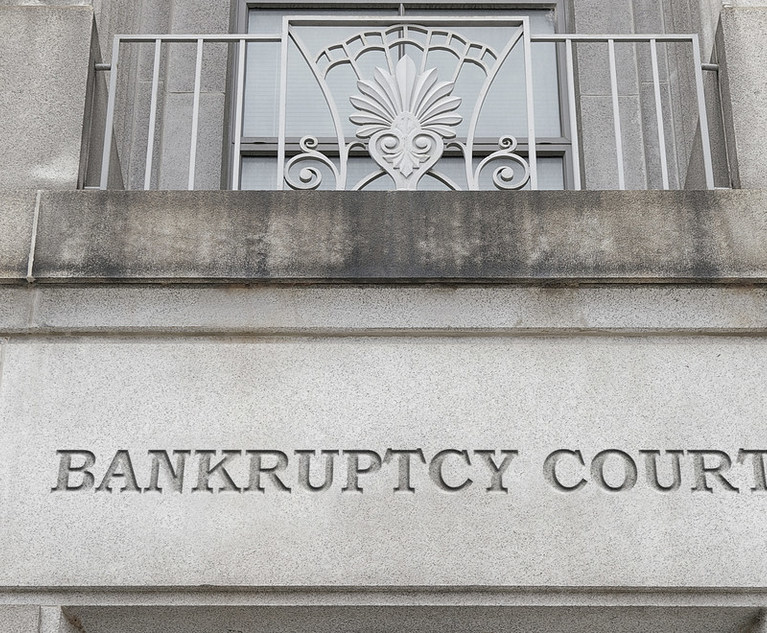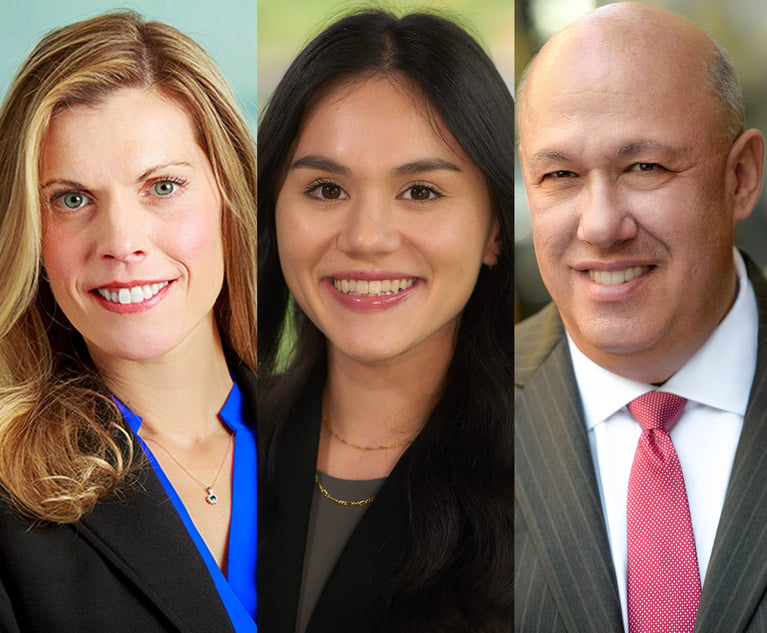Over the past two decades, the 24-hour news cycle has become a faster, leaner machine, driven in no small part by the shift from traditional to digital media—a shift that was only accelerated by the COVID-19 pandemic and resulting boom in digital content and consumption. Consumers can access breaking news with a tap of their smartphone. That news, in turn, may be distilled down to character limits and “listicles,” allowing the reader to quickly move on to new content as it’s issued in real-time.
This transition to digital media, as well as the breakneck speed at which news is now published and consumed, has had a significant impact on litigation strategy. Often, clients will turn to public relations firms to help them navigate perception of their case by an expanding audience across multiple platforms, including social media. And, with time now so often of the essence, clients may prefer that their attorneys and consultants work together to craft a coordinated strategy. But because public relations firms are strangers to the attorney-client relationship, these communications raise important questions concerning how far the protections of the attorney-client privilege extend. As with any third party, the presence of an attorney on an e-mail chain does not necessarily shield the communication from disclosure—and in fact, the inclusion of that third party may waive privilege that would otherwise apply.


 Credit: shock/Adobe Stock
Credit: shock/Adobe Stock




